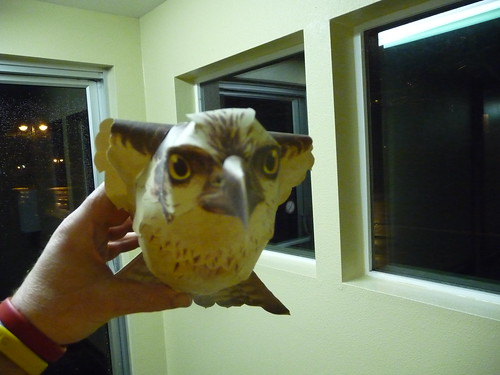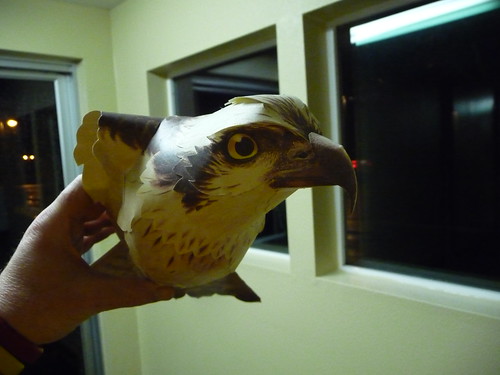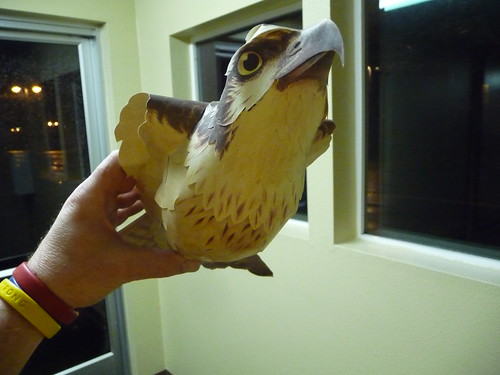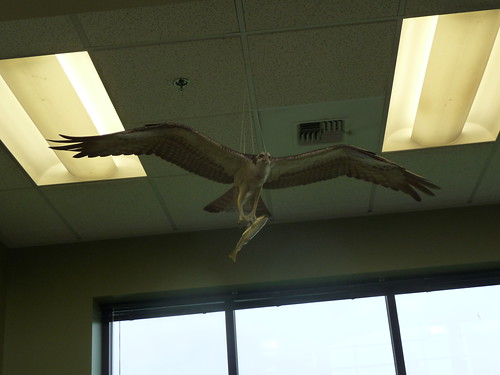TopRamen
SA-5
- Joined
- Aug 9, 2013
- Messages
- 9,955
- Reaction score
- 112
A recent project has me making a lot of paper parts from 110# Cardstock, which I buy at Walmart because it is only $4.95 or something like that for 100 sheets.
The paper, as it comes from the package, is treated with a surface finish which is likely great under most circumstances, like when you are not making structural parts out of it. For the purposes of this thread, we will focus on this particular brand and weight of cardstock, as I use this exclusively. Yes, there are other specialty papers available, that may not require the "Prep" that I am about to detail, but those will not get discussed here as they are not something you just go pick up at Walmart for $5. The stuff I'm using and have been using is Georgia Pacific brand 110# Cardstock.

A lot of kits come with some paper parts, namely the TLP kits with their paper hats and tail cones, but on those kits, I simply make copies of the templates and then file them away, making the actual pieces from this cardstock.
Recently, there has been a renewed interest here in paper parts, so hopefully this thread is timely, and someone will find the information contained therein helpful to some degree.
Some of this info, like making tabs to eliminate seams has been discussed at length before, but the issue I hope to focus on, proper saturation of adhesive into the paper, receives little mention if any.
To address this issue, I have begun preparing the cardstock in a different manner before cutting the shapes out, whether they be a transition or cone or whatever shape.
As illustrated below, after the print is made, I use 150 grit sand paper on my T-Bar sander to gently scuff the surface, using a circular motion to apply a nearly invisible degree of scoring/scuffing to the surface.
The first pic' shows that you can hardly tell it was sanded. The idea is to just open up the pores, not to wear through the paper, or even the ink that shows your part.



The paper, as it comes from the package, is treated with a surface finish which is likely great under most circumstances, like when you are not making structural parts out of it. For the purposes of this thread, we will focus on this particular brand and weight of cardstock, as I use this exclusively. Yes, there are other specialty papers available, that may not require the "Prep" that I am about to detail, but those will not get discussed here as they are not something you just go pick up at Walmart for $5. The stuff I'm using and have been using is Georgia Pacific brand 110# Cardstock.

A lot of kits come with some paper parts, namely the TLP kits with their paper hats and tail cones, but on those kits, I simply make copies of the templates and then file them away, making the actual pieces from this cardstock.
Recently, there has been a renewed interest here in paper parts, so hopefully this thread is timely, and someone will find the information contained therein helpful to some degree.
Some of this info, like making tabs to eliminate seams has been discussed at length before, but the issue I hope to focus on, proper saturation of adhesive into the paper, receives little mention if any.
To address this issue, I have begun preparing the cardstock in a different manner before cutting the shapes out, whether they be a transition or cone or whatever shape.
As illustrated below, after the print is made, I use 150 grit sand paper on my T-Bar sander to gently scuff the surface, using a circular motion to apply a nearly invisible degree of scoring/scuffing to the surface.
The first pic' shows that you can hardly tell it was sanded. The idea is to just open up the pores, not to wear through the paper, or even the ink that shows your part.



Last edited:















